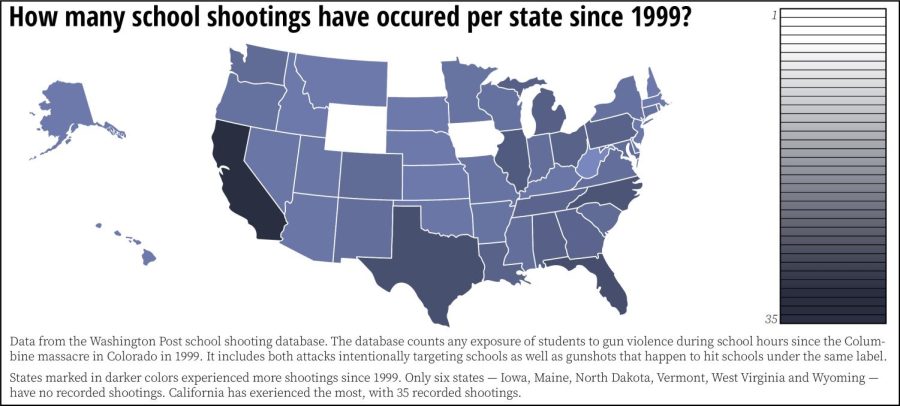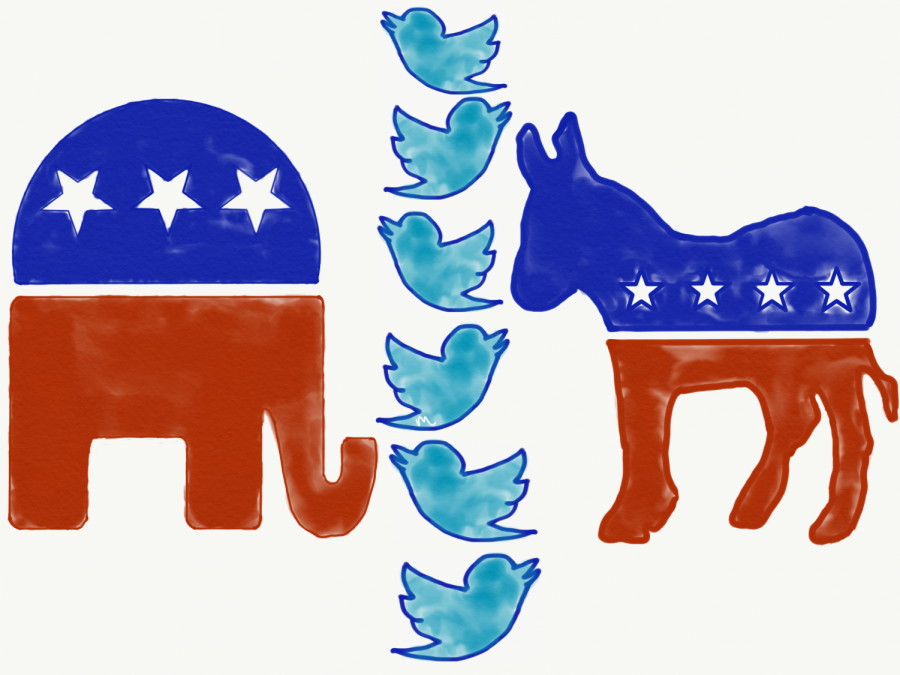By Gwen Schanker, Editorial Columnist
I am an aspiring science journalist. I want to spend my time communicating science to the public in a cohesive and interesting way, and I’m intrigued by the challenges that role poses. Science writing has an interesting place in journalism because of its unique ethical considerations, which often lead to what is referred to as “bad” or misleading science writing.
Bad science journalism arises when a reporter covers a new study that shows a potential correlation between two factors, and then publishes a simplified piece that instead implies causation between those factors. An additional news source or website, like BuzzFeed, picks up the story with a catchy headline, and the whole situation is blown out of proportion.
A current example is the debate over the nonexistent link between vaccines and autism. Though the confusion is mainly due to flawed research from the late 1990s, misleading media coverage played a key role. The belief that vaccines cause autism persists today to the extent that it was discussed in last Wednesday’s Republican GOP debate.
Part of what leads to this problem is an inherent conflict between journalistic ethics and traditional scientific discourse. Generally speaking, a journalist’s goal is to present both sides of a story objectively, but sometimes this can result in overrepresenting the less credible position. Again, the vaccine debate serves as a good example. Even though one side of the story is overwhelmingly supported in the scientific community, attempts at balance in media coverage contribute to public conception of a two-sided argument.
This demonstrates one of the challenges faced by all journalists, especially those who cover controversial topics. A science writer’s role is to disseminate information from experts to the public. The way that information is communicated influences how it is digested and discussed. When the information is misleading, overtly biased or otherwise incorrect, the ramifications can be dire.
Simplified headlines like “Why Oreos are as Addictive as Cocaine to Your Brain” (Forbes) and the stories that follow are often seen as products of reporters’ laziness, but that view doesn’t take all factors into account. Another challenge science journalists face is how to attract readers to complex information that is not interesting to the average person.
A good science writer can break down the details of their topic but can also add an element of human interest. In many cases, science reporters do not have a degree in science, which means they are good at the latter but not always prepared for the former. An article that regurgitates an existing study without human connections will turn away non-scientists, and a story that presents a finding without scientific context is misleading.
Where, then, is the balance between catering to readers’ interests and making an exaggerated claim? Science journalists are still figuring this out. With increased awareness of what bad science writing comprises and an investigation into how best to prevent it – supported by aspiring writers like myself – hopefully we can strike the right balance and maintain respectability in science journalism, all the while keeping the public engaged with current scientific topics.















